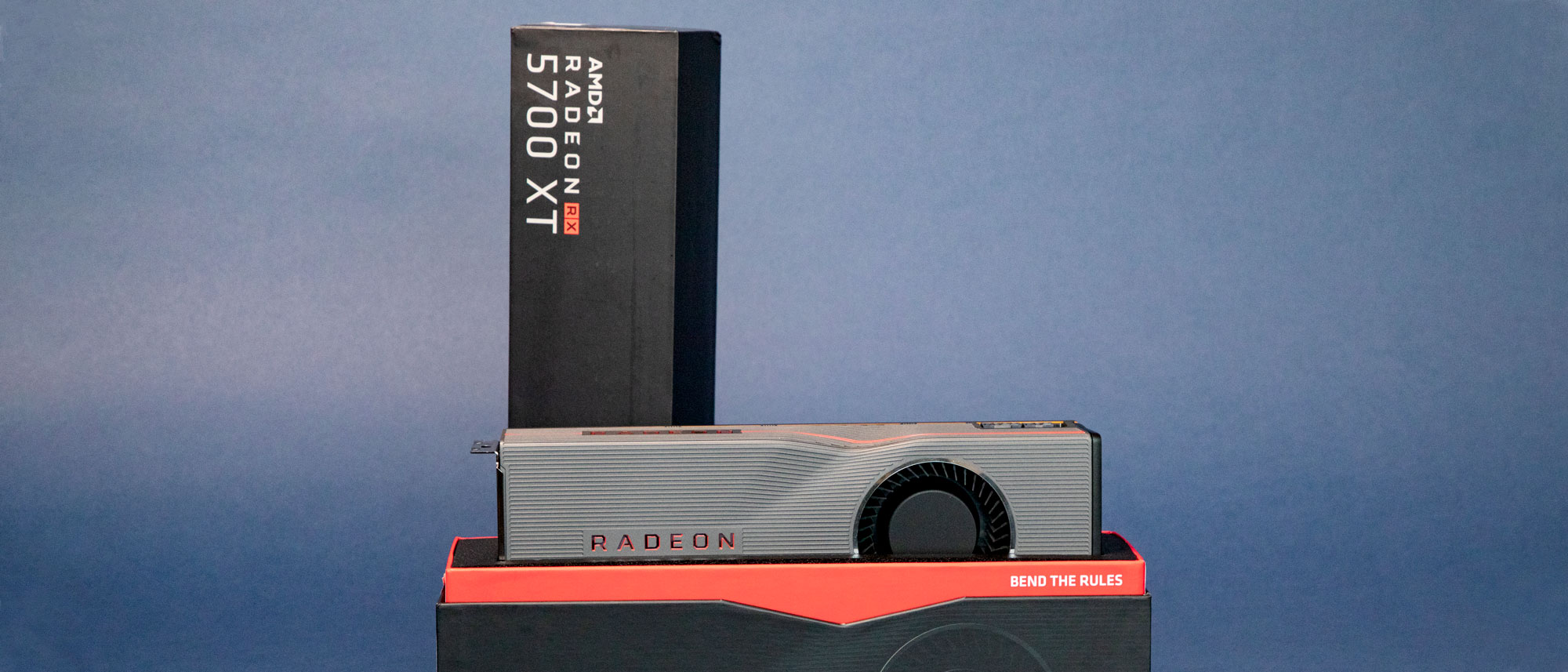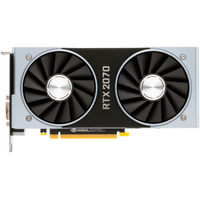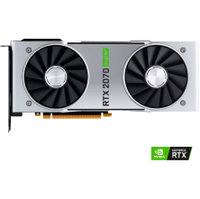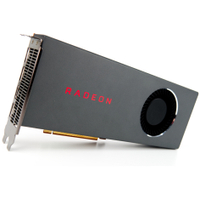TechRadar Verdict
The AMD Radeon RX 5700 XT is absolutely a great graphics card. Even in a more competitive graphics card scene than we've ever witnessed, it stands out.
Pros
- +
Excellent 1440p gaming performance
- +
Plenty of forward-looking features
- +
Affordable
Cons
- -
No ray tracing
- -
Blower-style cooler
Why you can trust TechRadar
AMD Radeon RX 5700 XT: Two minute review
The AMD Radeon RX 5700 XT arrives in a post-Nvidia Turing world. Although Team Red has been dominating CPU sales because of processors like the AMD Ryzen 7 3700X and the Ryzen 9 3900X that came before it, the company has also been struggling to release a GPU to catch people’s attention in the same way as those CPUs. This means that this GPU has had its work cut out for it even before it hit the shelves.
Luckily, the AMD Radeon RX 5700 XT is more than up to the task, which perhaps makes it all the more impressive. Even in the shadow of its successor, the AMD Radeon RX 6700 XT, it’s still a capable GPU that’s even more appealing due to the stock shortages newer GPUs are experiencing. This makes it one of the best graphics cards around for gamers on a budget who have struggled to find more recent cards.
Alongside the Radeon RX 5700, it’s AMD’s RDNA architecture and taken it to a level where it can contend with Nvidia’s powerful offerings. Not only does it give the Nvidia GeForce RTX 2070 a good run for its money, but it can also holds its own against the new Nvidia GeForce RTX 2060 Super. By doing so, it helped paved the way for AMD to make a dramatic comeback.
Delivering excellent gaming performance alongside a host of great features, the AMD Radeon RX 5700 XT is among the best graphics cards today.
AMD Radeon RX 5700 XT: Pricing and availability
The AMD Radeon RX 5700 XT is available today for $399 (about £315, AU$580), however there is an anniversary edition available with a beautiful design and higher clock speeds for $449 (about £350, AU$650). At both price points, it’s going toe-to-toe with the Nvidia GeForce RTX 2070 and Nvidia GeForce RTX 2060 Super.
But, that’s where things get a bit more complicated. You see, before the Nvidia GeForce RTX 2070 Super was announced on July 2, the AMD Radeon RX 5700XT compared very favorably to the RTX 2070 Founders Edition, which cost about $150 (about £120, AU$215) more at the time. However, the $399 (about £315, AU$580) Nvidia Geforce RTX 2060 Super kind of steals AMD’s thunder.
Right now, the AMD Radeon RX 5700 XT is trading blows with the 2060 Super, sometimes outperforming and sometimes underperforming, depending on the test. This means that the AMD Radeon RX 5700 XT is still absolutely worth your time and money, but it’s not head and shoulders above the competition.
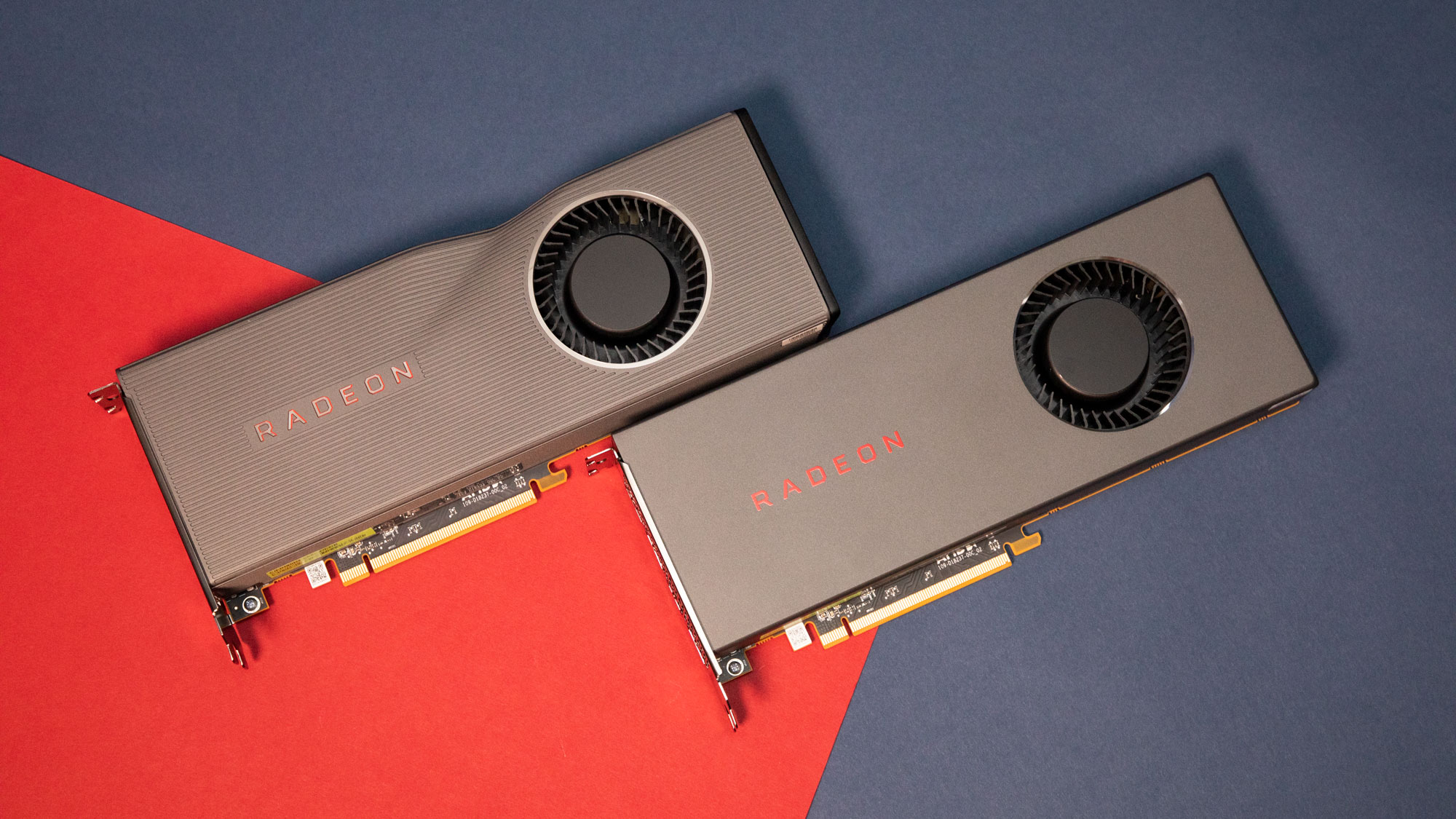
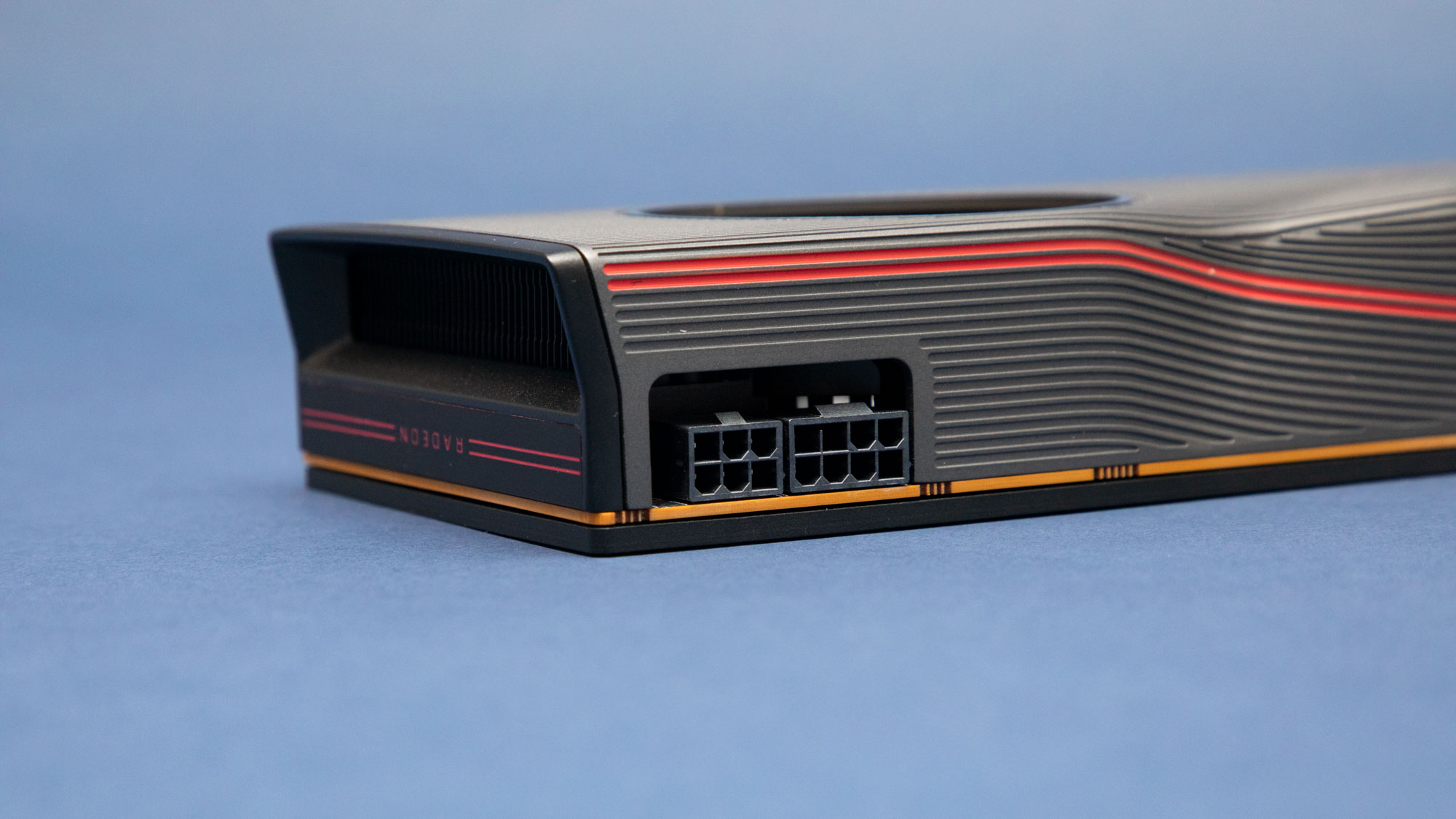
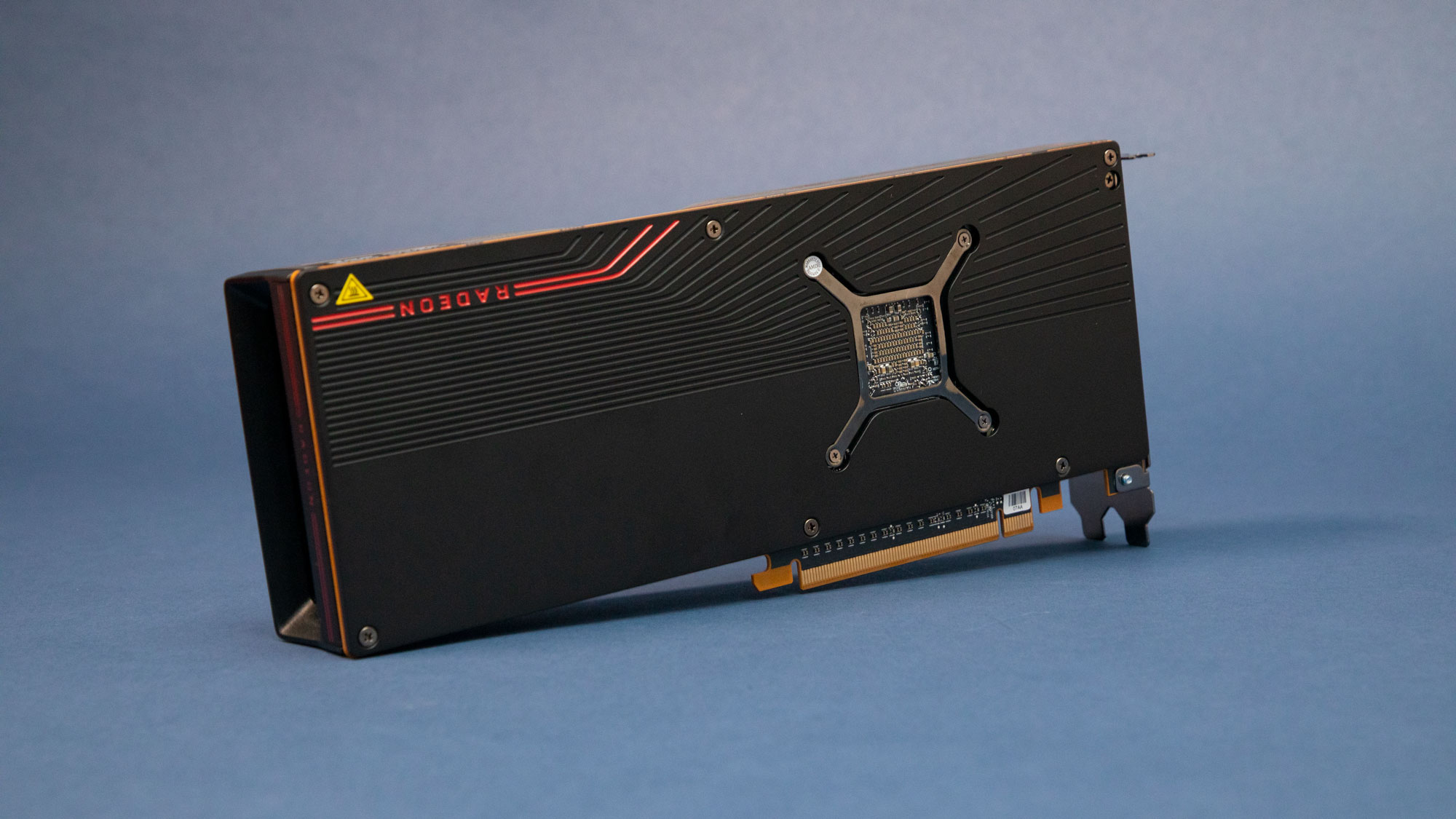
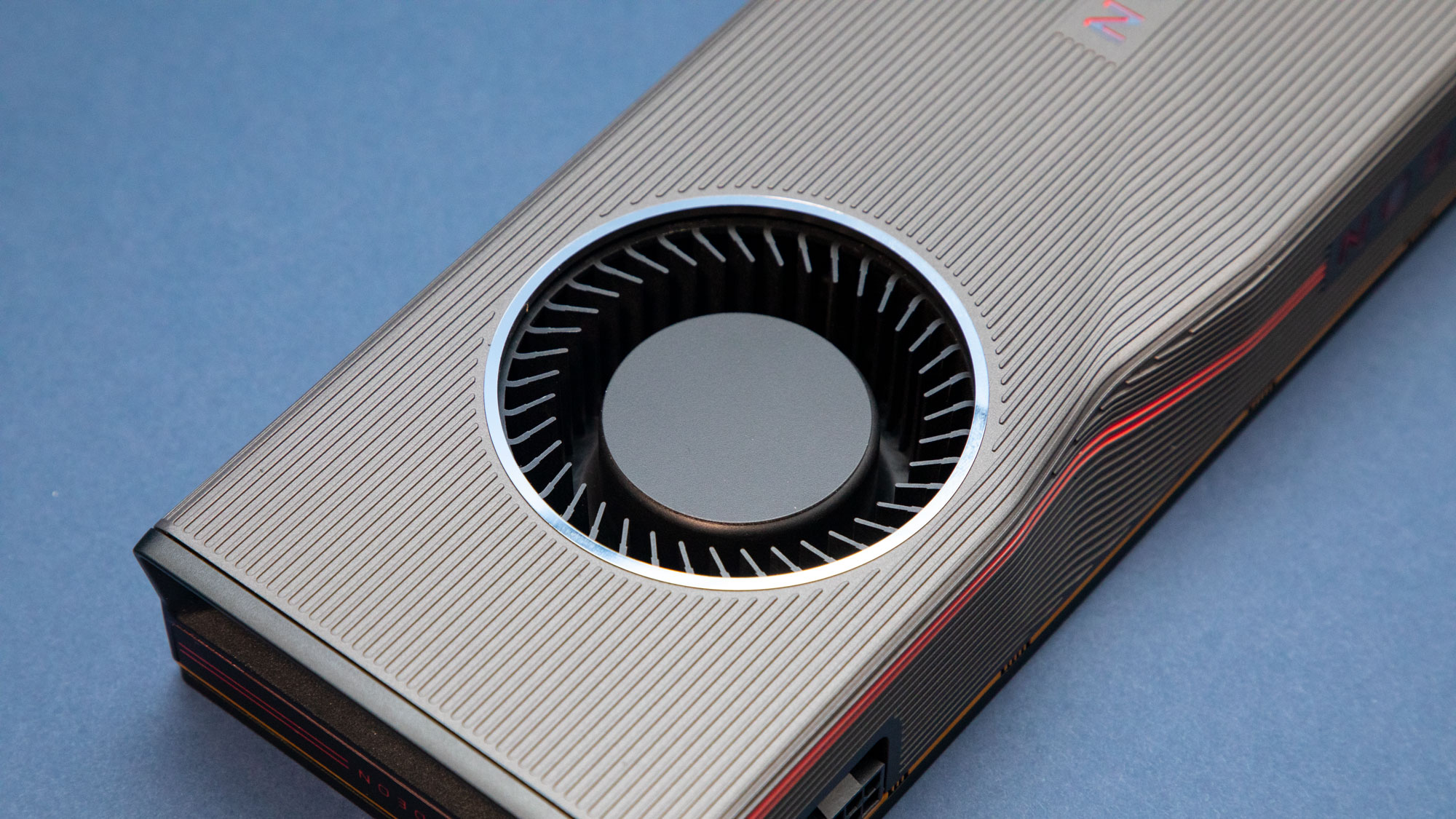
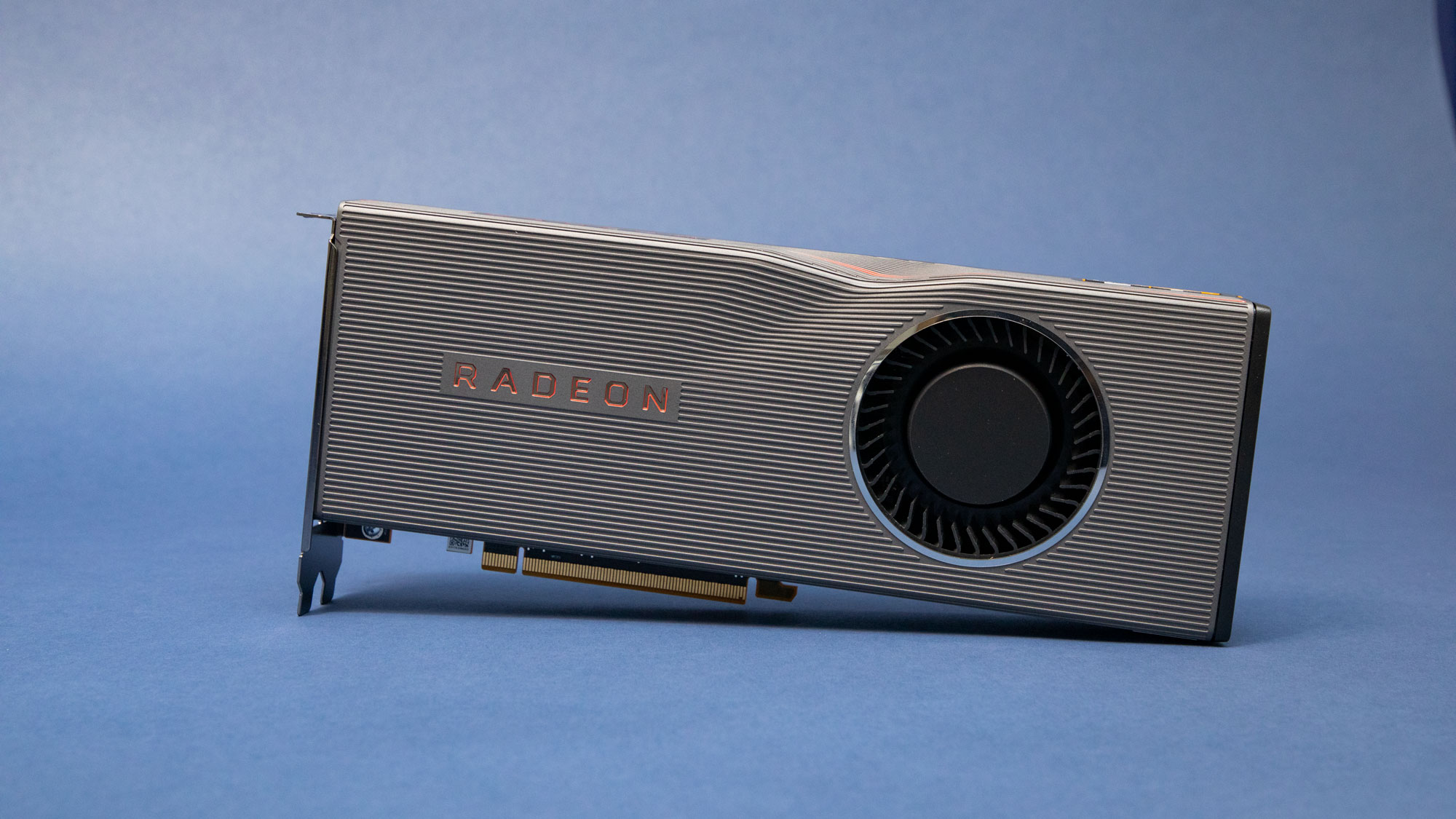
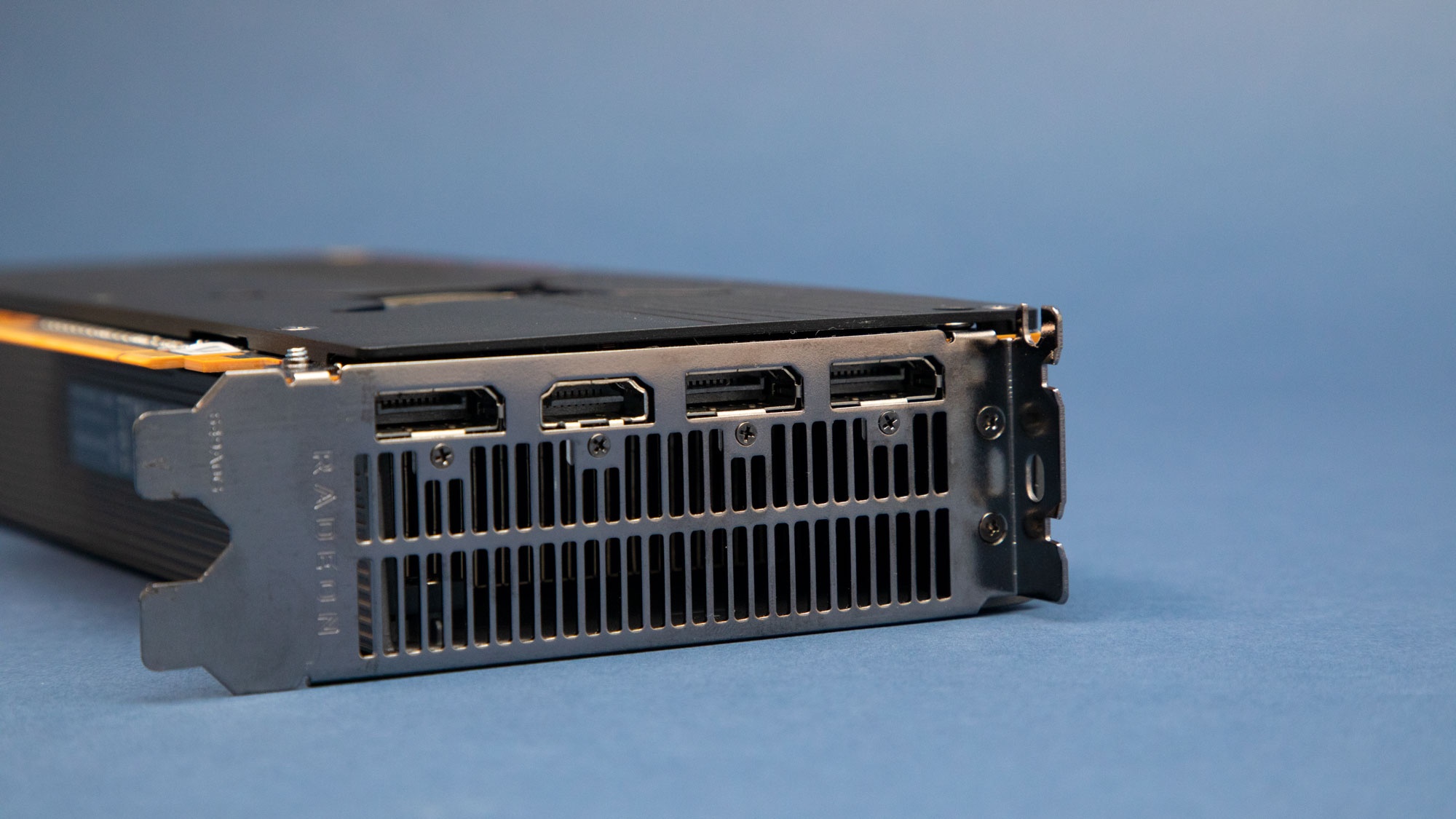
AMD Radeon RX 5700 XT: Features and chipset

AMD Navi graphics cards aren’t the first mainstream-accessible graphics cards to use a 7nm manufacturing process, but they are the first to be built from the ground up with gaming as its main goal. AMD hopes to boost rasterization performance in games by tailoring its graphics architecture specifically around gaming – rather than the compute-focused performance of the AMD Radeon VII.
In practice, this means that even with a technically weaker GPU, the AMD Radeon RX 5700 XT is regularly able to stand up to the Radeon VII, thanks to its new RDNA architecture. This architecture should be able to provide up to 1.25 times the performance at the same clock speed as the previous GCN, or Graphics Core Next. This boost to performance-per-clock is joined by the benefits to power efficiency brought by the move to 7nm.
There are plenty of important software features in the AMD Radeon RX 5700XT, as well, however.
It seems like AMD is meeting Nvidia head on, providing Radeon Image Sharpening. This intelligently sharpens images – rather than just a straight sharpening filter, RIS is contrast-aware, so you don’t end up with any strange looking artifacts or textures in complicated scenes. The best part is that it doesn’t necessarily need developers to jump in for it to work on most games.
However, if developers do jump in, they can enable Contrast Adaptive Sharpening, or CAS, through the new FidelityFX system. This is an open-source library of image-improving technologies, and should theoretically work on most GPUs – if not now, then in the future. But, obviously these effects will work best on AMD processors.
The AMD Radeon RX 5700 also has a feature for the esports players out there, who are less focused on image quality, and are more focused on raw performance. And, with AMD Radeon Anti-Lag, those users should see much lower latency. This mode will essentially tell your processor to wait until the GPU is ready before sending new frames to it. That way, there shouldn’t be a buffer of frames waiting to be displayed, which can result in input lag in fast-paced titles like Counter-Strike: Global Offensive.
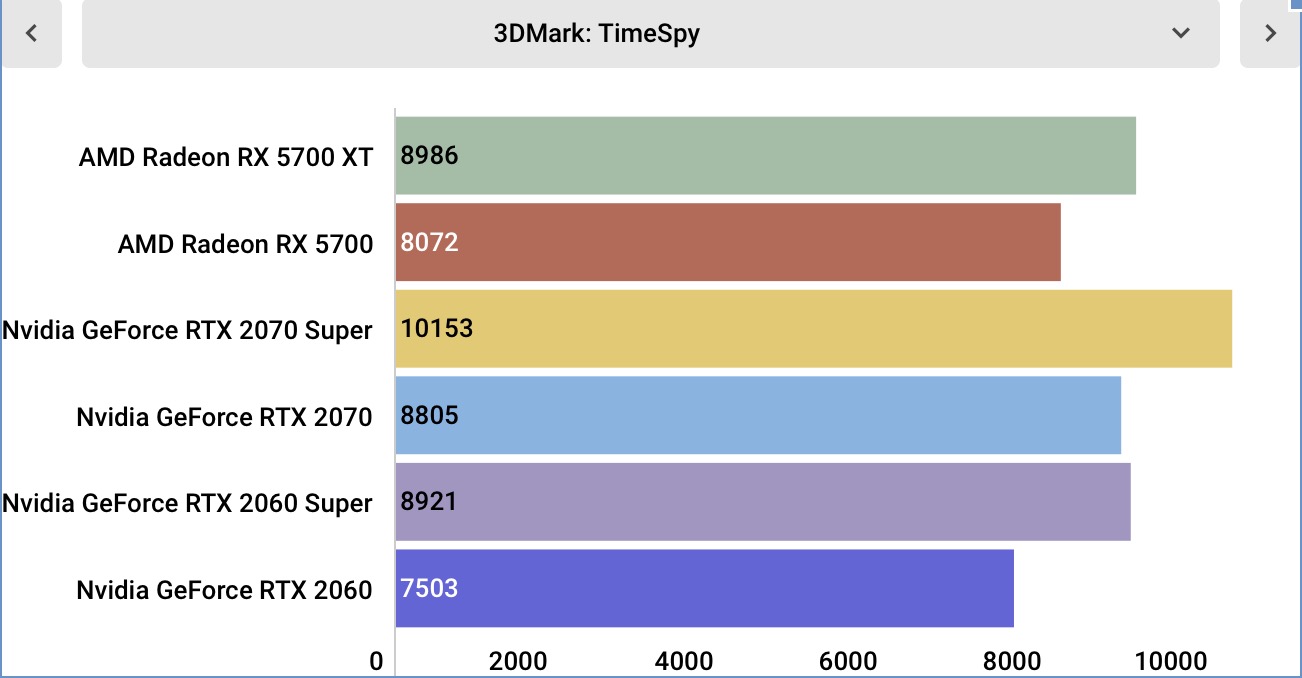
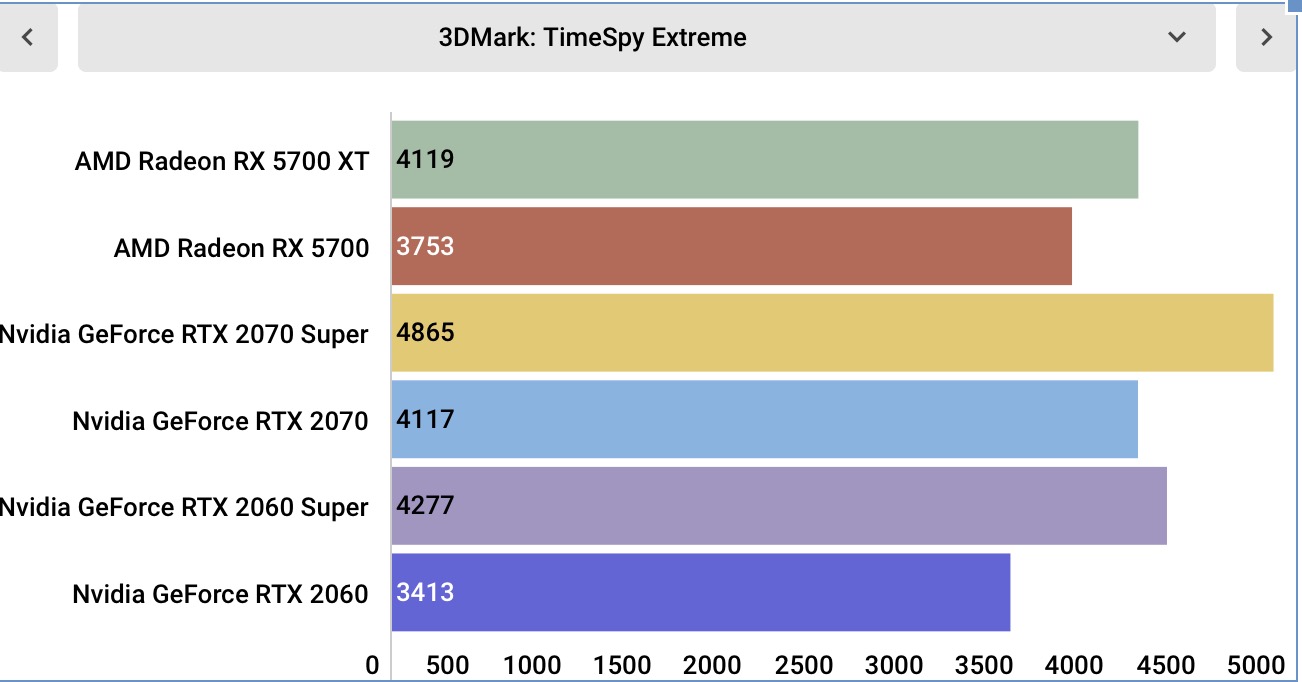
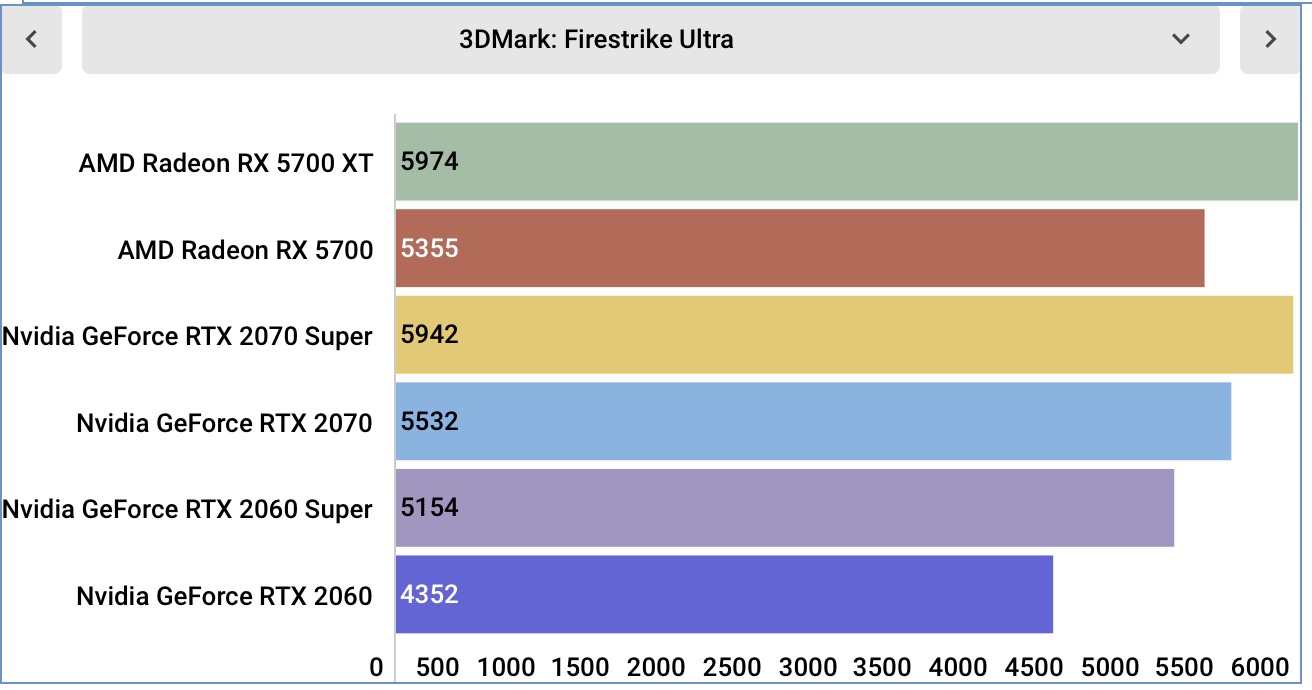
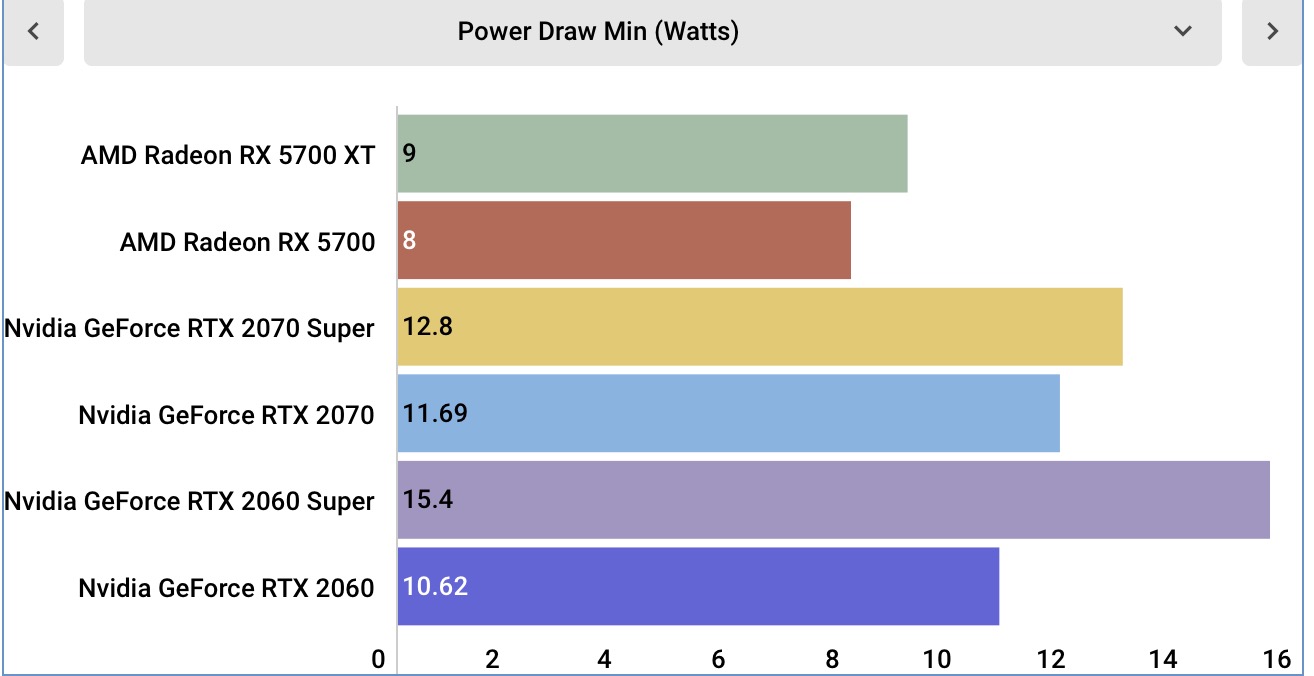
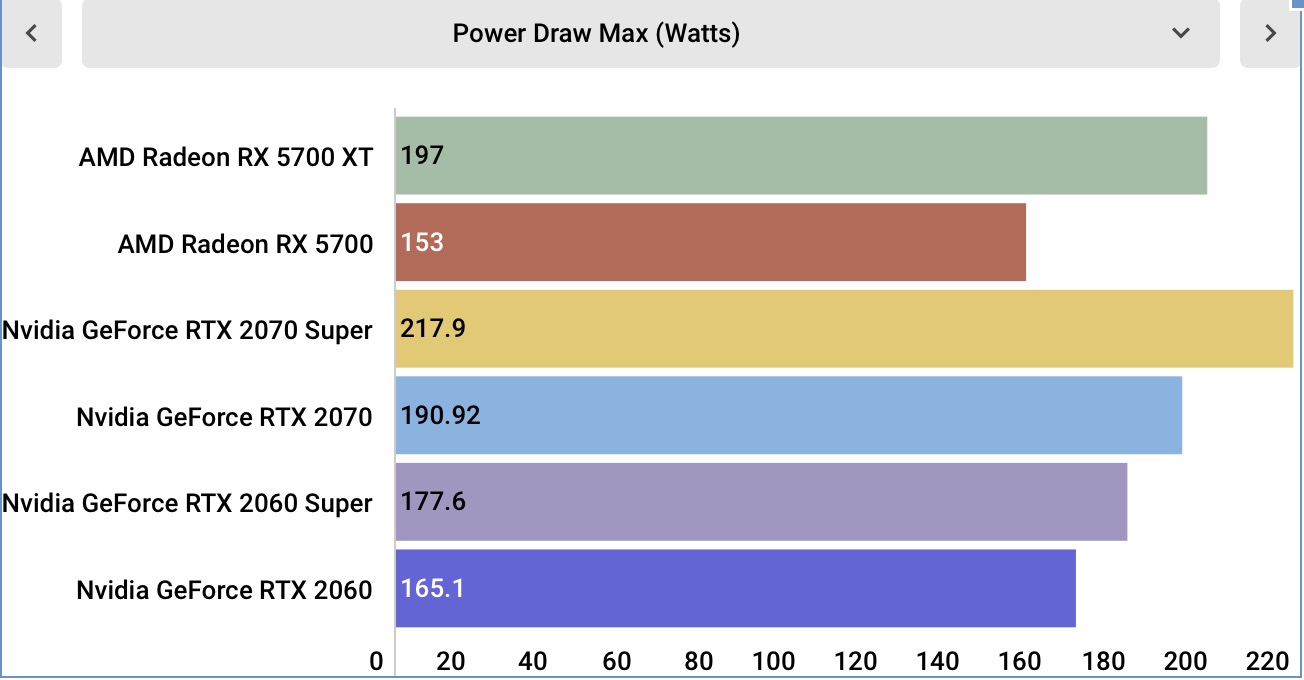
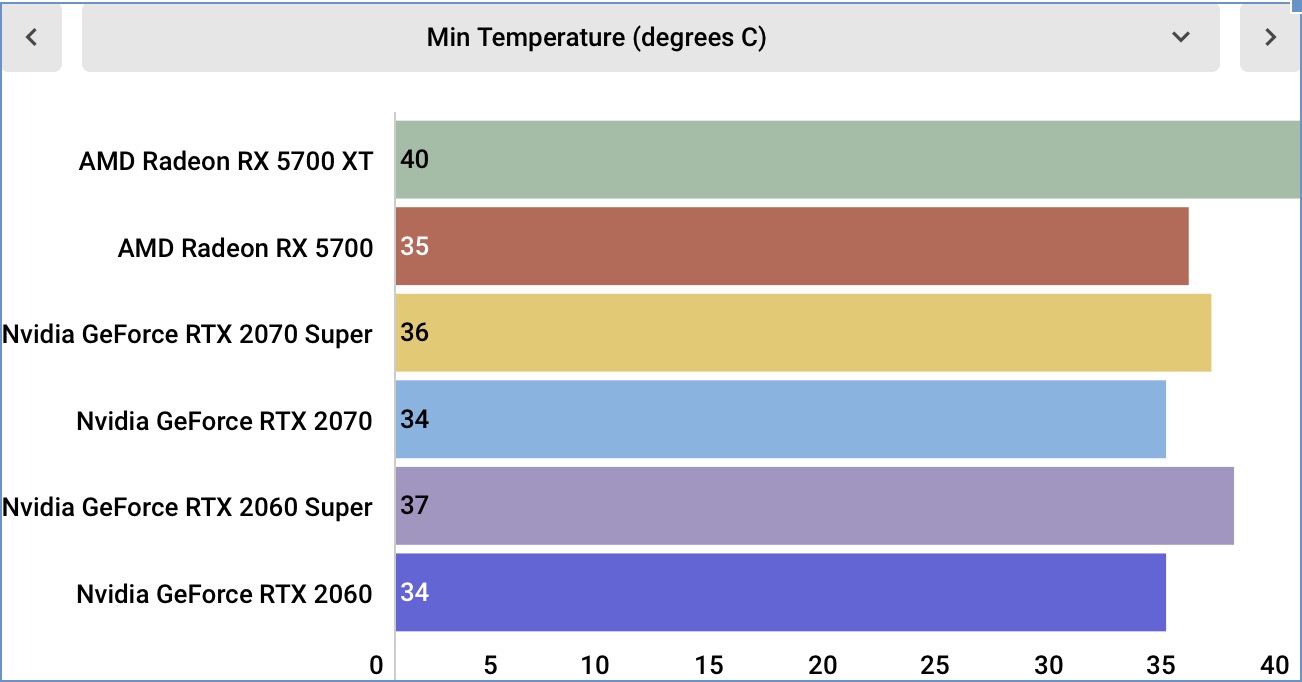
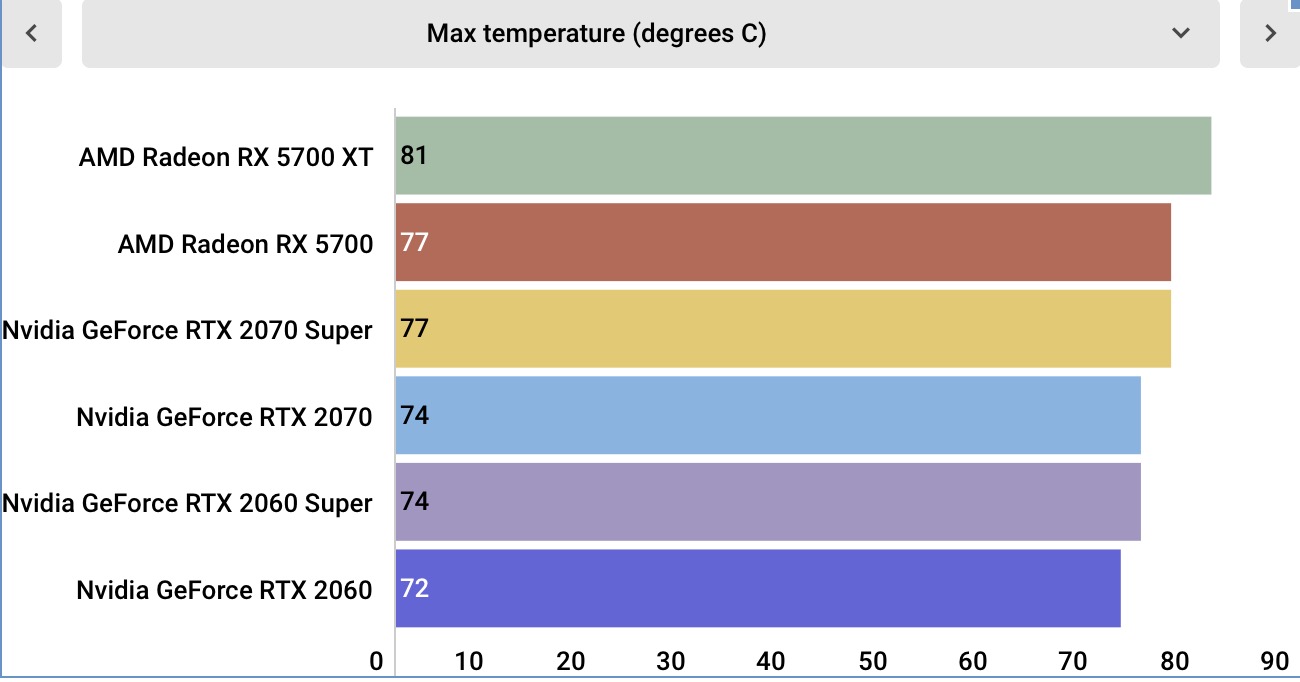
CPU: 3.8Ghz AMD Ryzen 9 3900X (12-core, 70MB cache, up to 4.6GHz)
RAM: 16GB G.Skill TridentZ Royale DDR4 (3,400MHz) Motherboard: ASRock Taichi X570
Power Supply: Corsair RM850x
Storage: 2TB Gigabyte Aorus M.2 SSD (NVMe PCIe 4.0 x4) Case: Corsair Crystal Series 570X RGB
Operating system: Windows 10
AMD Radeon RX 5700 XT: Performance
No matter how many cool software features come to AMD Navi, the most important thing, especially in a post-Nvidia Turing landscape is raw performance. And, well, the AMD Radeon RX 5700 XT is a 1440p monster.
Playing games like Metro Exodus and World War Z in 1440p is an absolute breeze with this AMD graphics card, and we don’t notice any huge drops in performance, no matter how demanding the game is. The AMD Radeon RX 5700XT does struggle a little bit when you turn it up to 4K, but at the end of the day, it’s not designed for that kind of workload anyway.
That’s reflected in our benchmarks, too. In our 3DMark TimeSpy Extreme tests, the AMD Radeon RX 5700 XT had no problems matching the Nvidia GeForce RTX 2060 Super, reaching 4,119 compared to 4,117 on the latter.
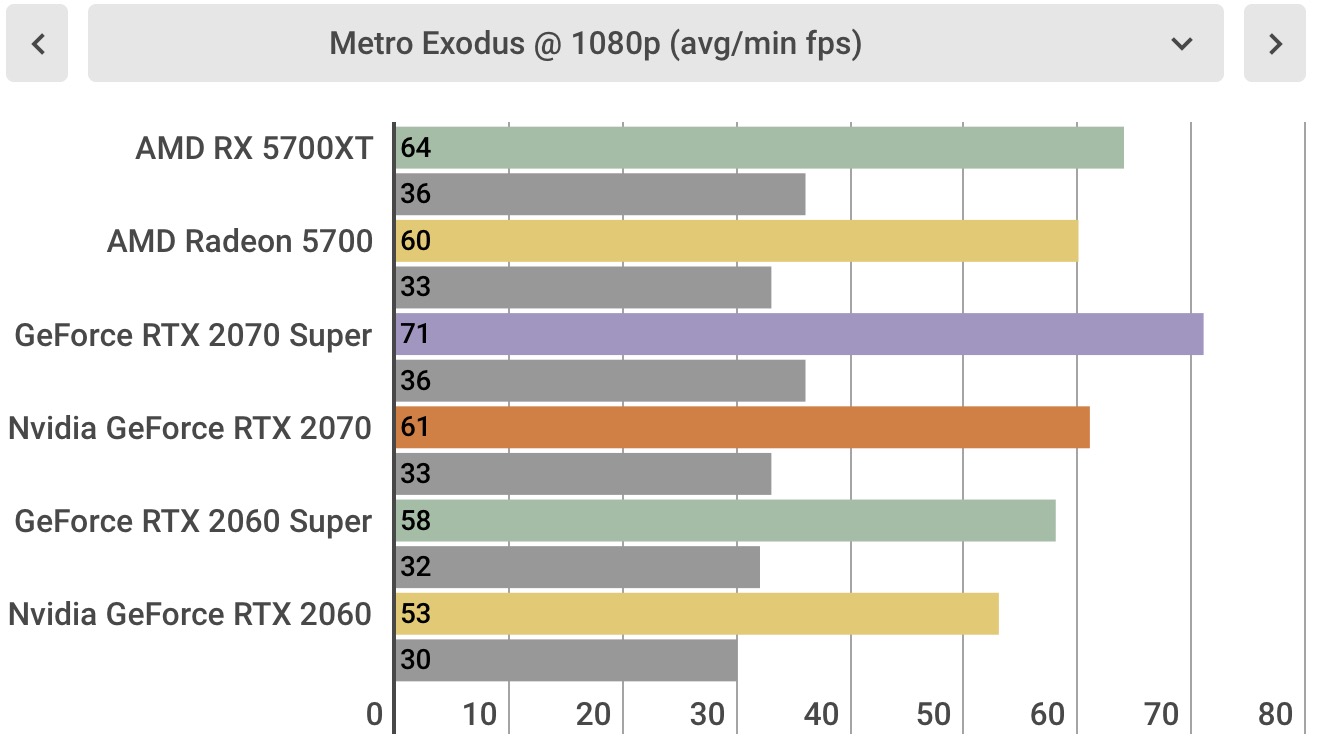
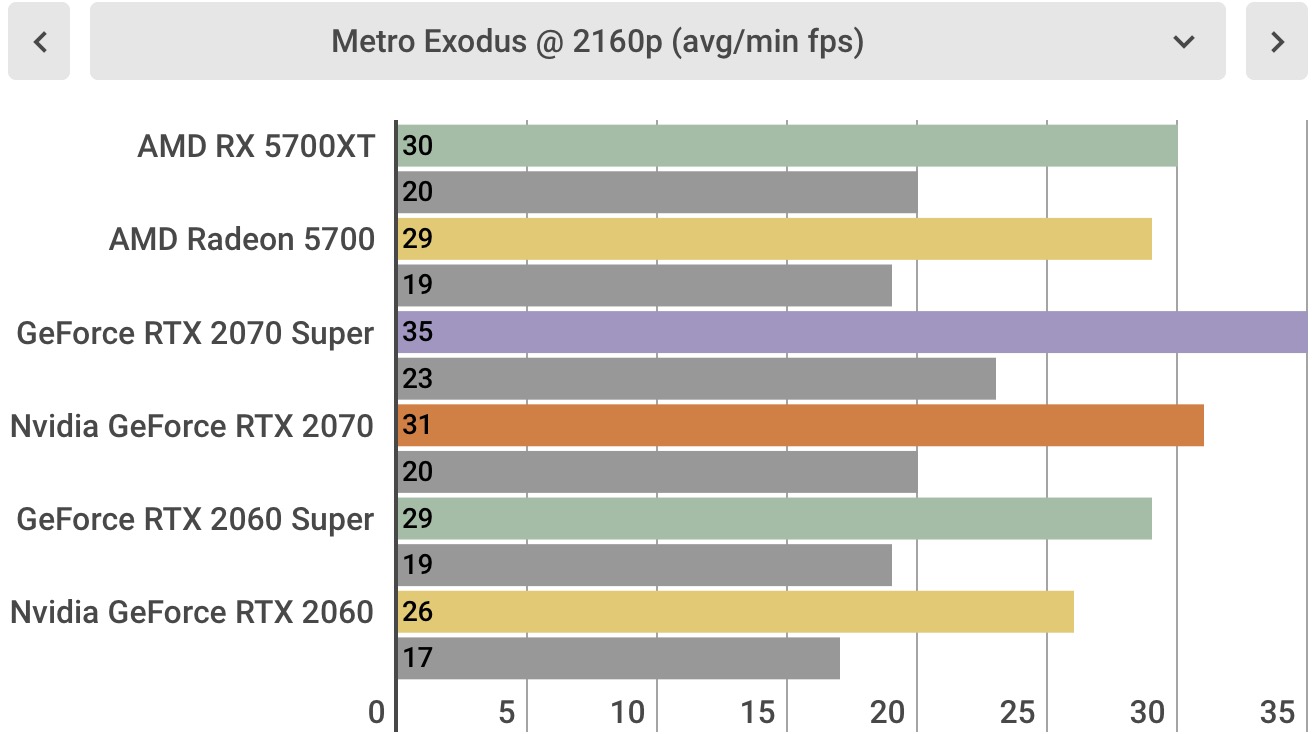
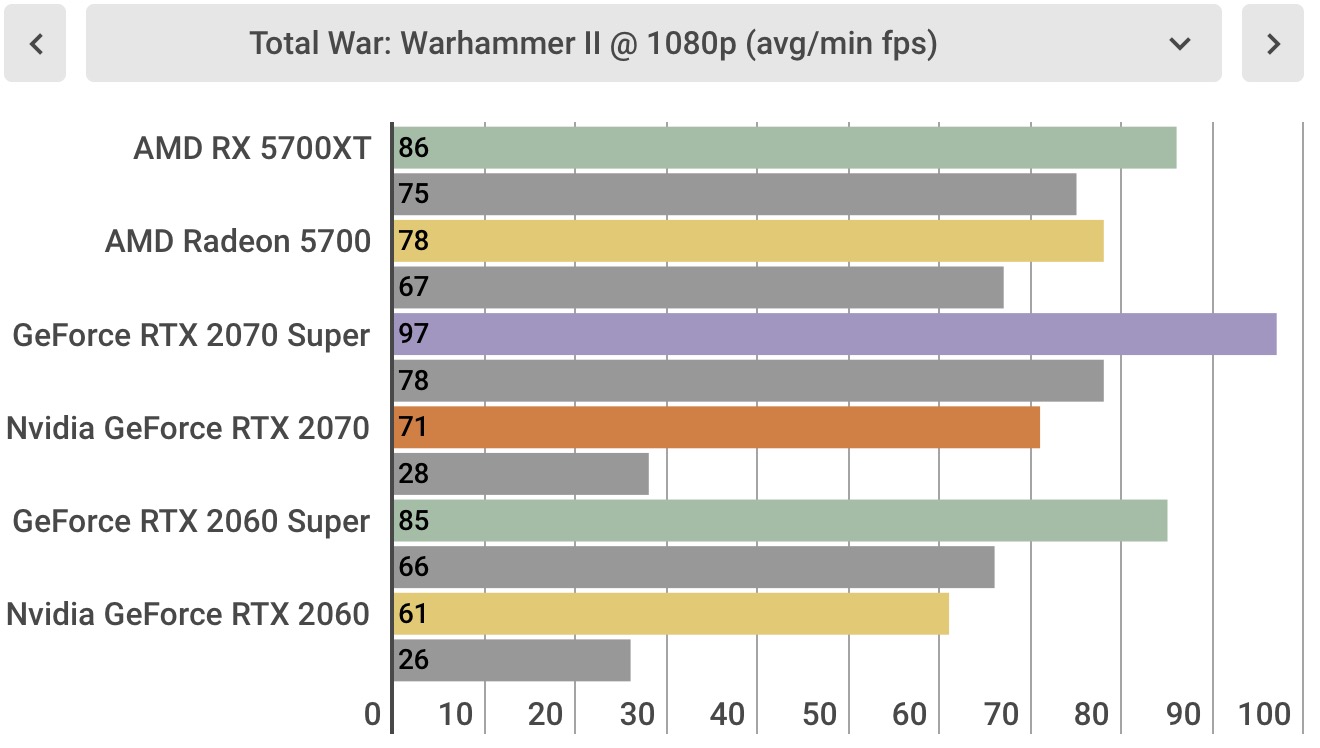
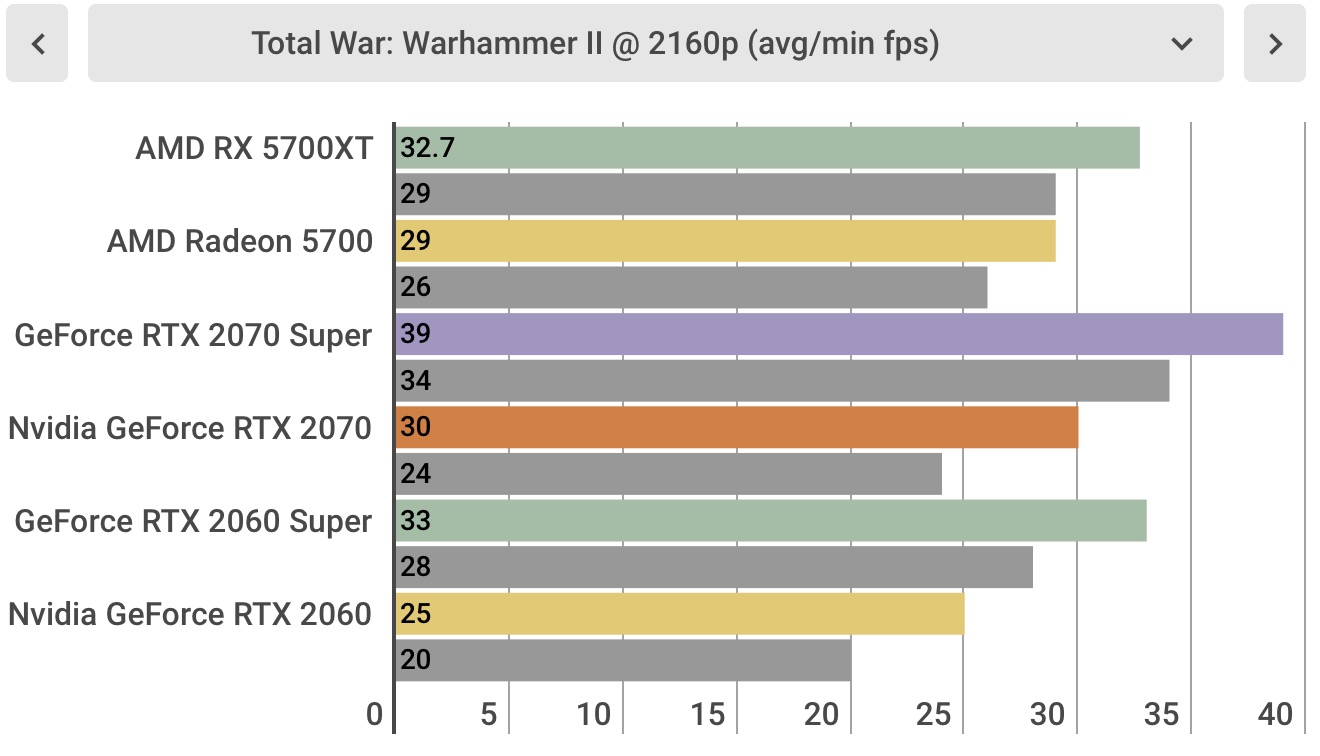
AMD Radeon RX 5700 XT: Final Verdict
The AMD Radeon RX 5700 XT is no doubt one of the best AMD graphics cards we’ve come across in years. It provides excellent 1440p gaming performance, and plenty of features that will actually be usable from day one.
However, it’s impossible to ignore the impact from the recently-released Nvidia GeForce RTX 2070 Super and RTX 2060 Super to the AMD’s value. If AMD is able to drop prices on this card by about 50 bucks or quid, this graphics card will be a no-brainer. But, until then, it’s harder to recommend.
Still, AMD Navi absolutely does show promise, and if this is the first iteration of its new graphics architecture, we’re excited to see what it can do in the future.
Also Consider
Nvidia GeForce RTX 2070
The Nvidia RTX 2070 is an unquestionably impressive graphics card that puts 4K gaming within reach of a mid-range graphics cards, and even though it's aging tech at this point, it still provides excellent performance for the price.
Read our full Nvidia GeForce RTX 2070 review
Nvidia GeForce RTX 2070 Super
The Nvidia GeForce RTX 2070 Super brings better performance to the table, along with a lower price point, making it a much more compelling purchase for more everyday users.
Read our full Nvidia GeForce RTX 2070 Super review
AMD Radeon RX 5700
At its price point, the AMD Radeon RX 5700 is an absolute powerhouse, bringing 1440p gaming at Ultra settings to the the mainstream. It's easily one of the best graphics cards today.
Read the full AMD Radeon RX 5700 review
- First reviewed July 2019
Jackie Thomas is the Hardware and Buying Guides Editor at IGN. Previously, she was TechRadar's US computing editor. She is fat, queer and extremely online. Computers are the devil, but she just happens to be a satanist. If you need to know anything about computing components, PC gaming or the best laptop on the market, don't be afraid to drop her a line on Twitter or through email.
